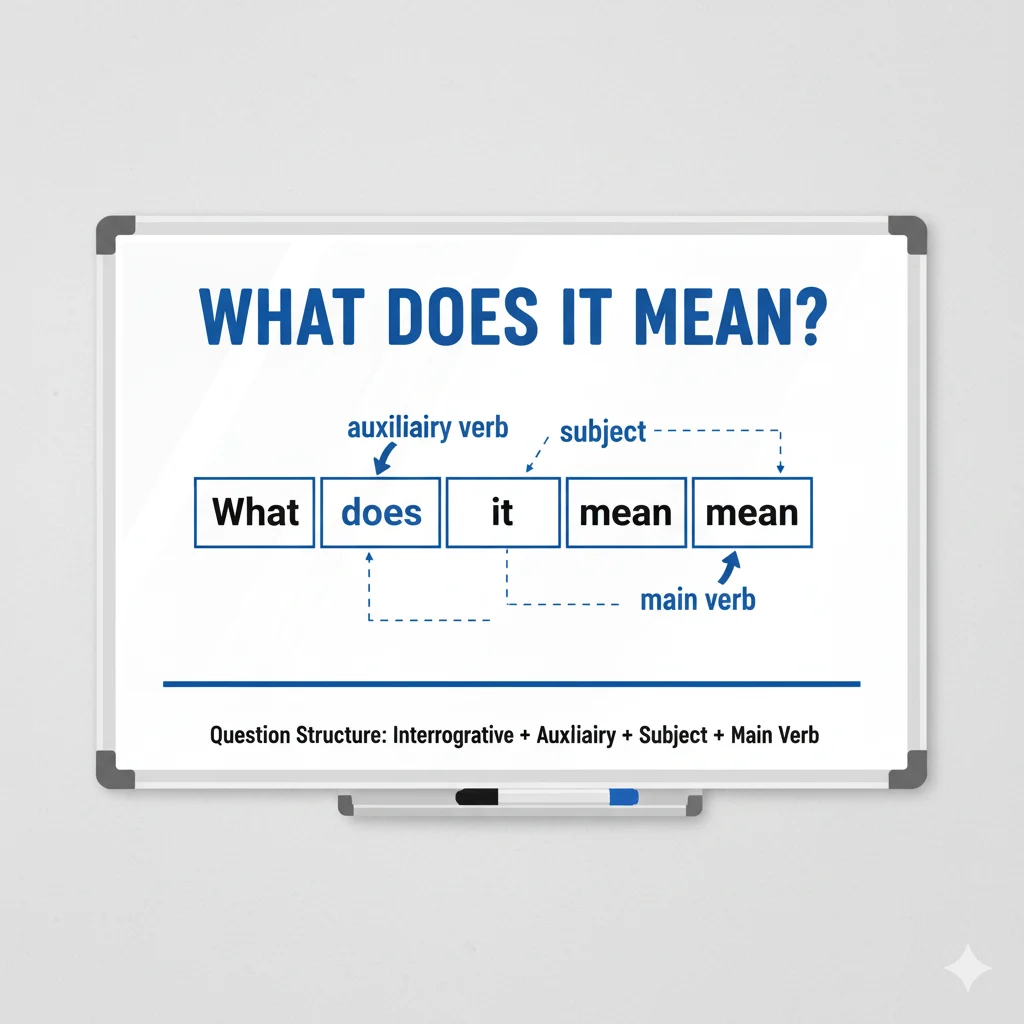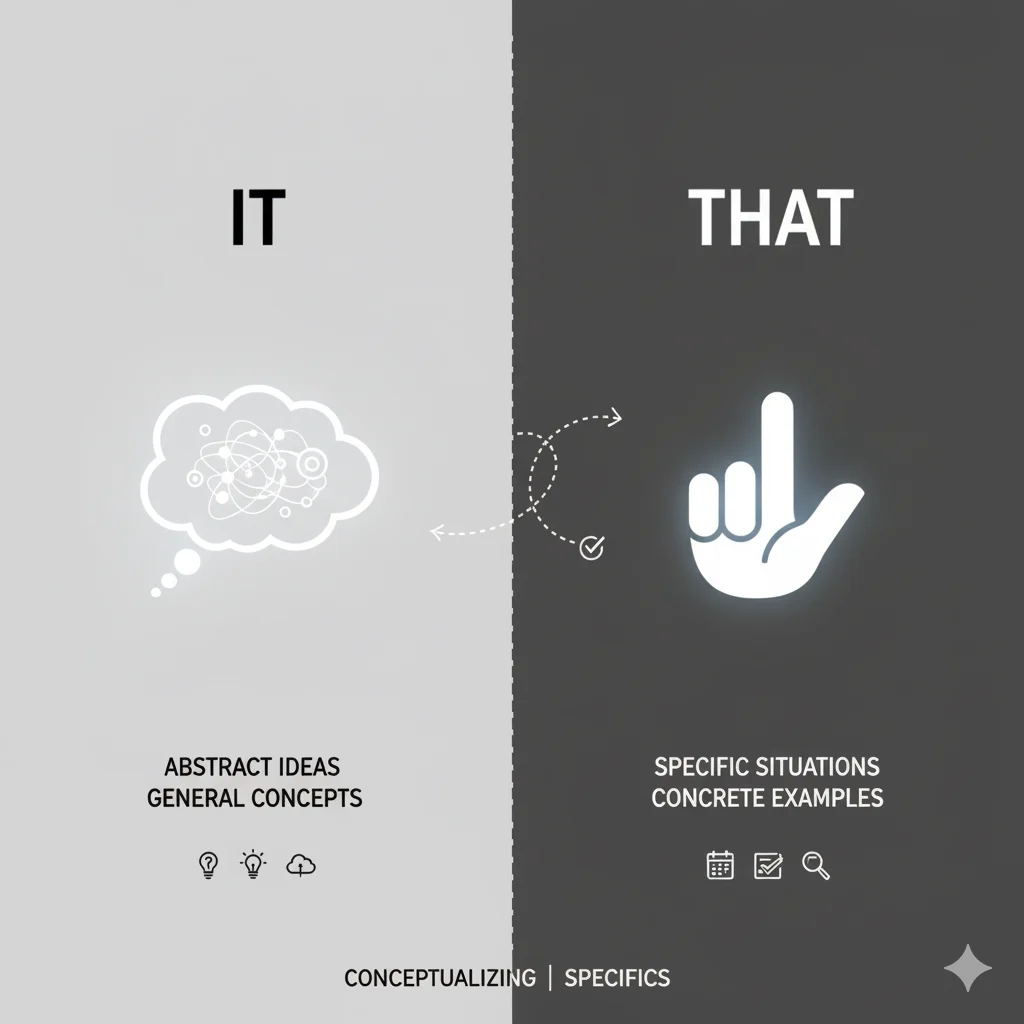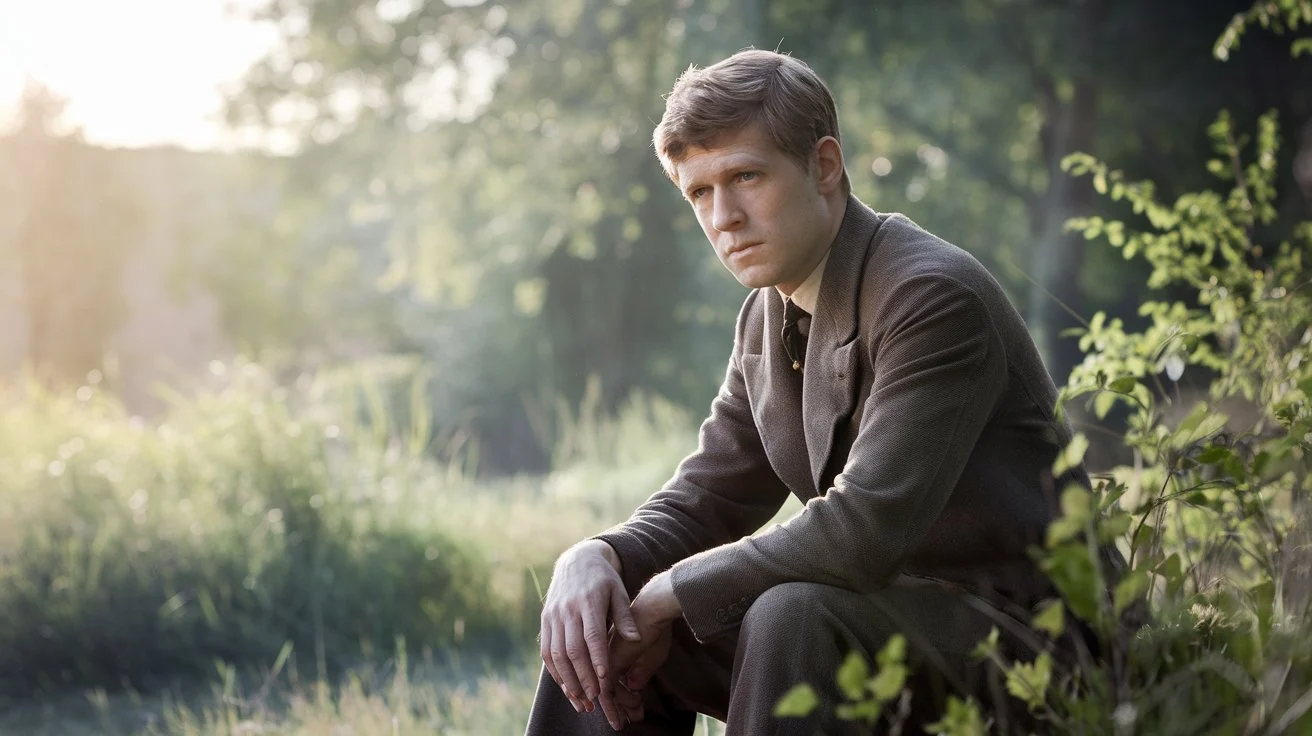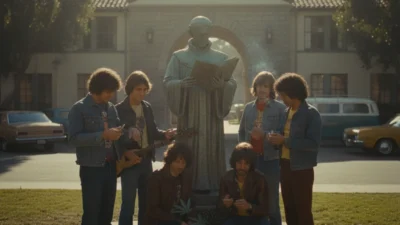🌟 The Tiny Phrase That Carries Big Meaning
Every day, the average person hears or says the phrase “what does it mean” nearly a dozen times — in classrooms, conversations, and even online comments.
It’s one of the most-searched English questions on Google, appearing in everything from movie explanations to relationship advice.
But here’s what’s fascinating:
A simple question like “what does it mean?” can open doors to language, emotion, and understanding all at once. Whether you’re decoding a symbol, reading poetry, or trying to figure out someone’s text message — this phrase is your mental bridge between confusion and clarity.
So let’s break it down — what does “what does it mean” really mean?
💡 The Grammar Behind “What Does It Mean?”
Let’s start simple.
In English, the word “it” is a pronoun — and a powerful one. It replaces an idea, event, or situation already known or mentioned.
When you say, “What does it mean?”, you’re not referring to an object you can see or touch. Instead, you’re asking about something abstract or implied — a word, a sentence, or even a feeling.

🧩 Example 1
“Time heals all wounds.”
→ “What does it mean?”
Here, “it” replaces the idea of time healing — not a physical thing.
🧩 Example 2
“He said, ‘We need to talk.’ What does it mean?”
You’re asking about the intention behind his words, not the literal sentence.
👉 In short:
“What does it mean?” = “Can you explain or interpret that concept or situation for me?”
This structure shows your curiosity, your need for context, or your desire to understand something deeper.
🗨 Everyday Use: Why People Ask “What Does It Mean?”
This phrase appears in nearly every kind of human communication. Let’s look at where and why it naturally fits.
🎓 1. When You’re Learning Something New
“Teacher, what does it mean when the author says ‘metaphor’?”
Used when you’re learning language, vocabulary, or literature.
❤️ 2. When You’re Interpreting Emotions
“He stopped replying suddenly. What does it mean?”
Here, you’re looking for the emotional or social meaning, not grammar.
🧘 3. When You’re Reflecting on Life
“What does it mean to live a good life?”
Now the question becomes philosophical, showing human depth.
💬 4. When You’re Curious or Confused
“There’s a sign on the wall — what does it mean?”
A simple question that connects curiosity with clarity.
Across all cases, “what does it mean” expresses a human desire to understand — the core of communication itself.
⚖️ “What Does It Mean” vs. “What Does That Mean”
These two phrases often confuse learners — and even surprise some native speakers.
Both are correct, but they serve slightly different purposes.

| Phrase | When to Use | Example | Tone |
|---|---|---|---|
| What does it mean? | When referring to a general idea, phrase, or concept. | “What does it mean to be strong?” | Abstract, reflective |
| What does that mean? | When referring to something specific you heard, saw, or read. | “He just said ‘We’re on a break.’ What does that mean?” | Concrete, situational |
✅ Quick Trick to Remember
“That” = specific
“It” = general
💭 Example:
- You see a symbol: “☯” → You ask: “What does it mean?”
- Your friend says something odd → You ask: “What does that mean?”
Both work — but “that” grounds the question in a real moment, while “it” floats in the idea space.
🧠 The Deeper Meaning: Why This Phrase Matters in Language
Humans don’t just want definitions — we want context.
When someone says “what does it mean”, they’re not only asking for linguistic meaning, but also emotional, social, or symbolic meaning.
Let’s explore each layer:
🗣 1. Linguistic Meaning
This is the dictionary sense.
“What does it mean?” = “What is the definition of this word or phrase?”
Example:
“Serendipity — what does it mean?”
Used in classrooms, dictionaries, and learning contexts.
❤️ 2. Emotional Meaning
Sometimes, people ask the phrase to understand feelings or hidden messages.
“He said I’m ‘special’. What does it mean?”
This isn’t about grammar — it’s about intent.
🪞 3. Cultural or Symbolic Meaning
Symbols, gestures, or traditions often need explanation.
“People wear black at funerals. What does it mean?”
Here, “meaning” relates to customs and culture.
🌌 4. Philosophical or Existential Meaning
The biggest one.
“What does it mean to exist?”
This shows our human curiosity about life’s purpose.
So in every context — from grammar to emotion — this tiny phrase carries depth, curiosity, and connection.
💬 Native Speaker Insight
Here’s how Americans and British speakers use it differently in tone and context:
| Speaker Type | Common Usage | Example |
|---|---|---|
| American English | Often direct, curious | “Wait, what does it mean when you say you’re seeing someone?” |
| British English | Often reflective or polite | “Hmm, what does it mean, really?” |
While Americans may use it conversationally, British speakers sometimes use it in philosophical or literary ways.
Both reflect the same intent: understanding the why behind the words.
🔄 Common Mistakes and How to Avoid Them
Many English learners confuse “what does it mean” with similar questions. Let’s fix that:
| Wrong Phrase | Why It’s Incorrect | Correct Form |
|---|---|---|
| “What it means?” | Wrong question order | “What does it mean?” |
| “What means it?” | Outdated/unnatural | “What does it mean?” |
| “What that means?” | Missing auxiliary verb | “What does that mean?” |
Grammar Tip:
Always remember — when forming a question in English with does, the main verb goes in its base form.
❌ “What does it means?”
✅ “What does it mean?”
🧭 Real-Life Examples (and How to Respond)
Example 1:
You: “The teacher said our grades were unexpected.”
Friend: “What does it mean?”
👉 Interpretation: They’re asking for clarification or explanation.
Example 2:
You: “He sent a single heart emoji.”
Friend: “What does that mean?”
👉 Interpretation: They’re curious about hidden emotion or tone.
Example 3:
You: “The song says, ‘We’re all just dust in the wind.’”
Friend: “Wow… what does it mean?”
👉 Interpretation: They’re reflecting on philosophical meaning.
Each example shows how tone, emotion, and situation shape the phrase’s intent.
🧩 Fun Fact: The Origin of the Phrase
The phrase “what does it mean” has roots in Old English questioning structure, dating back to the 14th century.
Back then, people asked: “What meaneth it?” — a direct ancestor of today’s phrase.
As English evolved, “meaneth” became “mean”, and “it” became the universal placeholder for abstract reference.
Even now, “what does it mean” appears in literature, movies, and philosophy:
- “What does it mean to dream?”
- “What does it mean to be free?”
It’s a phrase that never goes out of style — because curiosity never does.
📚 How to Use “What Does It Mean” Like a Native Speaker
Here are a few practical ways to use it naturally:
✅ 1. When You Don’t Understand a Word
“I saw the word ‘metaphor’ in a poem. What does it mean?”
✅ 2. When You Want to Clarify a Message
“He said he’s ‘busy these days’. What does it mean?”
✅ 3. When You Want a Deeper Explanation
“The quote says, ‘Happiness is a choice.’ What does it mean?”
✅ 4. When You’re Being Reflective or Curious
“What does it mean to truly be happy?”
The more you use it in context, the more natural your speech becomes.
🧠 Psychological Angle: Why We Ask “What Does It Mean”
Humans are meaning-makers. Every phrase, symbol, or look invites interpretation.
We ask “what does it mean” not just to understand — but to connect.

- It shows curiosity → “I care enough to know more.”
- It invites conversation → “Explain this to me.”
- It builds empathy → “Help me understand what you feel.”
In short, it’s one of the most emotionally intelligent questions in any language.
🏁 Final Thoughts
The phrase “what does it mean” might look simple — but it carries centuries of linguistic history, emotional depth, and human curiosity.
It’s used to ask, to learn, to feel, and to connect. Whether you’re a language learner, a native speaker, or just a curious thinker — understanding when and how to say “what does it mean” helps you communicate with more clarity and confidence.
So next time you find yourself puzzled by words, symbols, or feelings — pause, smile, and ask the most human question there is:
“What does it mean?”

D. H. Lawrence was a visionary writer and poet known for exploring the connection between human emotion, nature, and the divine. His reflections on life often reveal the spiritual depth hidden in love, instinct, and natural symbolism. Through his words, readers are invited to rediscover the sacred bond between the soul and the living world.



